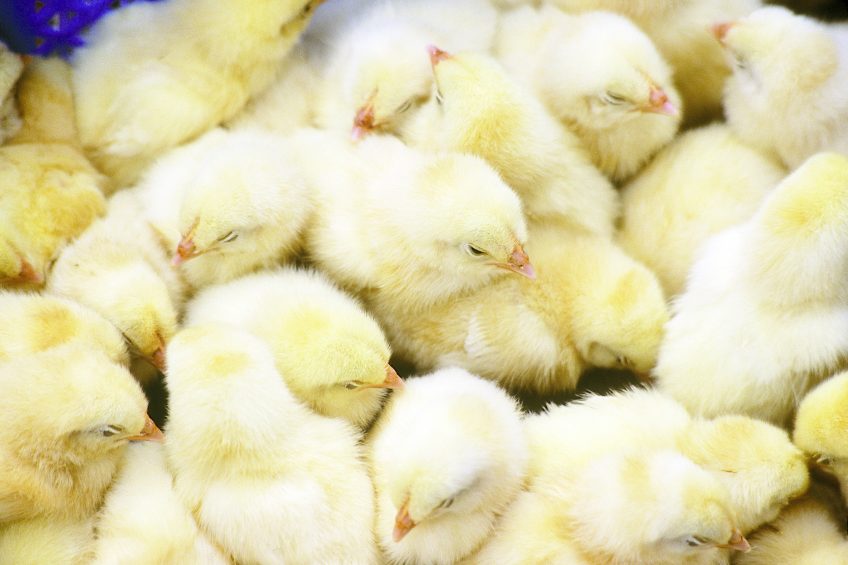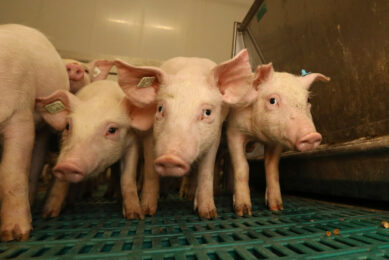Defending global poultry flocks

A three-strain Bacillus probiotic can defend the poultry gut against diverse health challenges, including Avian pathogenic Escherichia coli (APEC). Trials have been carried out across varied global production environments to test its efficacy.
Rising global pressure to reduce the use of antibiotics in poultry production has opened the door to diverse and unpredictable pathogenic and opportunistic challenges, giving rise to poor flock performance and liveability. To overcome this, poultry producers must have a comprehensive strategy that supports the optimal development of the gastrointestinal tract and the resident microbiota to enhance production and improve animal welfare.
Not all E. coli are the same
While the spread and transmission of some pathogenic challenges are highly studied and precisely defined, others are not wholly understood. Avian pathogenic Escherichia coli (APEC), which causes Colibacillosis, a costly syndromic infection associated with morbidity, mortality and carcass condemnations, is a prime example. Unlike other pathogenic groups of E. coli, APEC is difficult to identify because of its vast diversity. Understanding the presence or absence of virulence-associated genes within each E. coli’s genetic code can help in this identification and therefore treatment. A recent study examined the prevalence of APEC in commercial poultry farms in Australia, Brazil, South Africa and the USA (see Figure 1).
Figure 1 – Overall proportion of E. coli strains isolated from commercial poultry in Brazil, South Africa, Australia and the USA carrying 0, 1, 2, 3, 4 or all 5 virulence genes.

Poultry production practices vary significantly in different parts of the world, sometimes within a single country. Therefore, it is natural to expect E. coli populations to vary and therefore the APEC challenges as well. While the differences in APEC populations across the countries, as well as between regions of the same country, were significant, the study also highlighted that there were clonal strains of APEC shared in the gastrointestinal tract of commercial broilers across countries. Understanding APEC populations in a flock, which are driven by underlying husbandry and environmental factors, allows you to better evaluate the risk to poultry health and welfare. This could lead to the use of targeted prevention and treatment measures.
Previous research has found genetic similarities between the E. coli populations of breeders and day-old chicks, implying a vertical route of transmission from parent flocks into broiler barns. The potential for vertical transmission combined with the vulnerability of a sterile new-born chick whose microbiota doesn’t mature until week 3 or 4 (Figure 2), enables the colonisation of potentially pathogenic E. coli within the first 24 hours post-hatch. With this in mind, producers must focus on the rapid development of a healthy and mature microbiota from day one, or before hatch. Research has shown that feeding probiotics from day one promotes the quick establishment of a positive microbiota, inhibits colonisation and growth of non-beneficial bacteria, supports immune development, reduces the risk of inflammation, strengthens gut structure and provides more nutrients to the host.
Figure 2 – Profile of small intestinal microbiota in broilers at different ages.

Given the diversity of pathogenic E. coli challenges, even within the APEC pathotype, identifying the most beneficial probiotic presents a challenge. Not all probiotic strains have the same mode of action, are effective against the same challenges, or defend birds in the same way. This means that when using probiotics to defend against diverse pathogen challenges, it is often beneficial to use a similarly diverse probiotic.
3-strain Bacillus probiotic
For instance, Enviva Pro contains 3 strains of Bacillus originally isolated from the poultry environment. When included in poultry diets, the 3 strains work together to strengthen the gut structure, slow the growth of non-beneficial bacteria, and encourage the growth of beneficial bacteria among other beneficial responses. In vitro work has demonstrated that each individual strain is capable of inhibiting the growth of a wide range of E. coli isolates, by up to 87% compared to strains grown without exposure to the Bacillus probiotic product, as shown in the Figure 3.
Figure 3 – 3 unique strains* show significant growth inhibition across diverse Escherichia coli (26 strains investigated In vitro).

Not only have we observed this growth inhibition in vitro, but also in the animal. In a recent in vivo trial, birds in 4 commercial broiler complexes in the US were fed Enviva Pro to evaluate its effect on diverse APEC challenges. A significant drop in virulence-associated genes was observed. E. coli carrying ≥2 virulence associated genes – the more virulence-associated genes carried by an E. coli the greater its potential to cause disease – decreased from 58.8% to 40.8% and E. coli carrying <2 increased, suggesting that the product has the potential to help improve bird performance in an era without antibiotics or targeted apec-specific therapies (>Figure 4).
Figure 4 – Enviva Pro reduces the number of APEC virulence genes – % of total isolates.

As global poultry production moves to reduce antibiotic use, the diversity of microbial challenges demands a comprehensive solution: one that addresses potentially harmful populations and ideally promotes the microbiota development that will enhance production and improve animal welfare. The 3-strain Bacillus probiotic product has been shown to offer the extended coverage necessary to inhibit diverse health challenges across varied global production environments.






